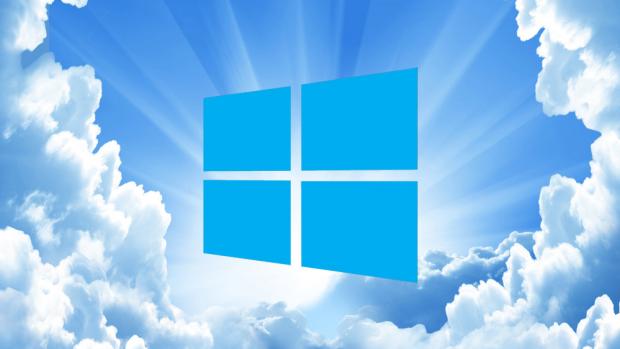How to update Windows drivers
We look at how you can update drivers in Windows 10, 8, 7, and Vista


Updating drivers is part of life for anyone that uses a computer. Nowadays, Windows updates a lot of drivers automatically without any input from the user, but there are times when manual updating is necessary.
It may be that some hardware recently installed is not working as intended, or your version of Windows has been upgraded. Updating drivers is also a good way of troubleshooting issues with a computer if errors keep popping up on usage.
Lastly, a driver update may enable new features on hardware, such as graphics cards.
Updating drivers can be an easy task, so let's look at what is needed.
How to update drivers in Windows
When updating drivers, it is always good to check the website of the manufacturer who made the device or hardware for the latest version.
That said, if you can't find the correct driver from the manufacturer, then checking Windows Update is the next best option.
Get the ITPro daily newsletter
Sign up today and you will receive a free copy of our Future Focus 2025 report - the leading guidance on AI, cybersecurity and other IT challenges as per 700+ senior executives
Next, in Windows, open the Device Manager (this can be found via the Control Panel). With Device Manager open, click on > or [+] icon to open the category which features the hardware you want to update.
Once the device is located, you can update the driver depending on the version of Windows you have.
For Windows 10 and Windows 8, on the device's icon or name, right click on this and select Update Driver Software.
Windows 7 and Vista is slightly different. On the device's icon or name, select Properties, then click on the Driver tab, then click on the Update Driver button.
You should then see the Update Driver Software wizard start. This will guide the user through start to finish for updating the driver.
In the wizard, you will be asked to Browse for driver software on your computer in a window, click on Let me pick from a list of device drivers on my computer. This is near the bottom of the window.
Click on the Have Disk button on the bottom right, under the text box. When the Install From Disk window appears, click on the Browse button on the bottom right of the window.
Next, the Locate File window appears. Find the folder that contains the relevant driver. Click on any INF file in the file list, then click on Open
Then click on OK back on the Install From Disk window. Select the newly added hardware in the text box and then click on Next.
At this stage, there may be a number of messages warning about the update, such as Windows cannot verify that the driver is compatible, or Windows can't verify the publisher of this driver software or This driver hasn't been signed. At this point, it is a good idea to make sure you have the correct driver. A bit of research should confirm whether or not this is correct.
Last, you will see an installing driver software window. Once the driver update process is finished, a message saying Windows has successfully updated your driver software window should appear. Afterwards, restart the computer to make sure the driver is working and the registry is fully updated.
Rene Millman is a freelance writer and broadcaster who covers cybersecurity, AI, IoT, and the cloud. He also works as a contributing analyst at GigaOm and has previously worked as an analyst for Gartner covering the infrastructure market. He has made numerous television appearances to give his views and expertise on technology trends and companies that affect and shape our lives. You can follow Rene Millman on Twitter.
-
 M&S suspends online sales as 'cyber incident' continues
M&S suspends online sales as 'cyber incident' continuesNews Marks & Spencer (M&S) has informed customers that all online and app sales have been suspended as the high street retailer battles a ‘cyber incident’.
By Ross Kelly
-
 Manners cost nothing, unless you’re using ChatGPT
Manners cost nothing, unless you’re using ChatGPTOpinion Polite users are costing OpenAI millions of dollars each year – but Ps and Qs are a small dent in what ChatGPT could cost the planet
By Ross Kelly